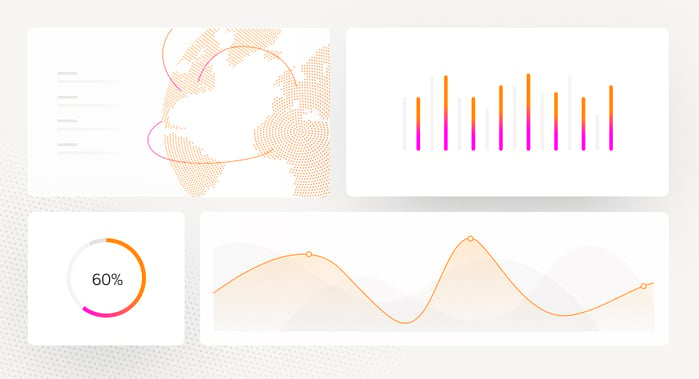“When a company is truly customer-centric, every decision and action is done with customers in mind.” -Forbes
Listen to this article
Cleverbridge and Adyen partner to power the next generation of global commerce. Read the announcement
“When a company is truly customer-centric, every decision and action is done with customers in mind.” -Forbes
Written by

Share this post
Subscribe for best practices on optimizing your software business.
Listen to this article
“When a company is truly customer-centric, every decision and action is done with customers in mind.” -Forbes
Customer-centricity has become a go-to industry buzzword. Yes, every business will claim to be “customer focused.” You won’t last if you don’t satisfy your customers. However, there is a big difference between “putting the customer first” in the copy on your website – and making customer understanding the foundation of your organizational existence.
There are many benefits of being truly customer centric. The bottom line is Deloitte says that customer-centric companies are 60% more profitable than companies that aren’t.
So, do you:
Time to get customer centric.
Sounds simple right? Well, customer centricity is not just about “delighting” your customers, it’s about truly understanding their needs and shaping your business around them. And that takes a lot of effort and organizational cohesiveness.
We need to flip the model from “If we build it, they will come” to “we understand your needs and built this for you,” which in many companies is not a small task. However, by working this way, you can maintain product relevance and increase brand loyalty, especially in our fast-moving, modern SaaS, XaaS, IoT world.
Customer-centric companies look and act differently than most. So how close are you to being a bona fide customer-obsessed organization? Take a look at your company, and ask the following questions…
1. Does customer-centricity mind-set start at the top?
2. Do you use data to understand your customers?
3. Can you pivot to adjust to customer needs?
1. Does a customer-centric mind set start at the top?
Leaders must not only be on board, but also actively share and remind their teams about the values and benefits of being customer centric. Truly customer-centric leaders standardize customer-focused leadership and development in their organizations to train the next generation of leaders how to serve and connect with customers.
Everyone in the company must be informed and committed – and not just the marketing team… I’m talking legal, operations, finance – all of the teams that make up the infrastructure around supporting customers.
Your vision and mission MUST be all about your customers. How you hire, how you train, how you operate and how you create your brand should center around customer understanding.
2. Do you use data to understand your customers?Customer-centric companies use data to paint an accurate picture of their customers. Having meaningful customer data allows you to stop putting out fires and addressing one-off product concerns – and start proactively creating positive experiences, recommending products and solving problems for your customers.
Voice of customer (VoC) programs that include key teams such as sales, customer success, product management, marketing and engineering are extremely beneficial to make sure you are all in lockstep with your product roadmap.

Data collection can take many forms, from Net Promoter Score and customer surveys to predictive analytics. There are incredible tools out there to gather feedback (directly and indirectly) to put knowledge in the hands of customer-facing teams. So, you can make real customer-centric decisions based on data.
For example, by gathering data about:
You can determine which new features to implement.
Product management tools can help segment and categorize product feedback – and even allow you to collaborate within the tool. This data is the glue that brings your engineering, product management and customer-facing teams together.
Let data drive your strategic product roadmap. When emotional decision making creeps in, take a step back and look at the data. Let the data decide. Tighten alignment and prioritization using this crucial customer feedback.
3. Can you pivot to adjust to customer needs?
Look to your customers for both validation and new ideas. Customer advisory boards are a great way to allow customers to influence your products and company strategy. Your customers are the best people to give you feedback, provide new ideas, and substantiate concepts. If you don’t talk to your customers, you will never be at the forefront of your field.
Especially in the technology space, customer trends and needs change at a rapid pace. Customer-centric companies can swiftly change direction to meet those needs, often even before customers realize the need for something new. Does your organizational structure and development process allow for agility and innovation – or does red tape and bureaucracy keep you stagnant?
So, how did you do? These simple questions are just a basic gauge to help you better understand your current customer-centric positioning. Any time is a good time to try to improve your customer centricity. Placing customers at the center of your business makes a huge impact on long-term success and profitability. So do what you can to get started. It will be well worth it.
Want to talk about customer-centric business practices? Let’s connect.


